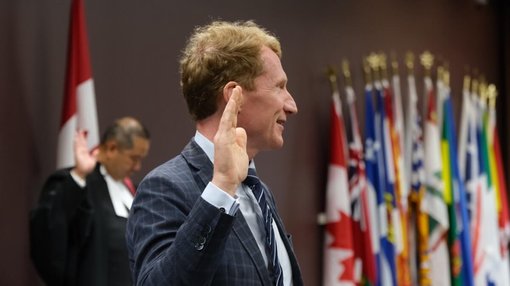Double Culture Shock Felt by African Americans in Africa, IWU Professor Says
Archive by Erudera News Jul 29, 2005

BLOOMINGTON, Ill., July 29, 2005 – African American students traveling to Africa are likely to experience greater culture shock than their white counterparts, and travel leaders shouldn’t shy away from frank dialogue to help them cope with such feelings, according to an Illinois Wesleyan University anthropologist.
On multiple trips to Africa, Rebecca Gearhart, associate professor of anthropology, has witnessed that students have difficulty overriding the “color-coded framework” that organizes race relations in America, despite a willingness as budding anthropologists to look for new criteria by which a society can be defined. For African-American students who expect their appearance to at last help them “fit in,” but find themselves still alienated, the experience can be especially distressing, Gearhart says.
She examines these difficulties in an article published in the online African Studies Quarterly. To illustrate, she includes excerpts from journals kept by African American students on a recent travel course to Kenya, using pseudonyms “Tami” and “Lana” at the students’ request.
Anyone who travels into another society may be forced to reformulate their sense of self, which can lead to an identity crisis popularly known as culture shock, Gearhart writes. While white students confront being a racial minority in Kenya, African American students may experience a deeper struggle “to map out their coordinates on a new racial landscape with no clear sign posts.”
Rather than defining social relationships by skin color, Gearhart explains, Kenyans interpret race by such factors as cultural heritage, first language, home district, family name, profession, and/or ethnic affiliation. Lana was baffled to see an African leader align himself with his political allies and non-African elites, rather than looking out for what she considered to be “his own people,” the average Kenyan citizens.
The students also grappled with their status as wealthy Americans amid the poverty-stricken people of Kenya.
“When Tami is confronted with cross-cultural barriers that separate Americans and Kenyans, namely language and economic status, a black-white racial matrix no longer explains her position relative to her fellow Americans,” Gearhart wrote. “Tami discovers that in the Kenya setting, the cultural background she shared with her white American peers is more significant to her than the skin color she shares with the Africans she encounters. Tami’s fear of not fully blending into the Kenya cultural landscape, as she hoped she might, is coupled with her fear of not ever truly feeling a part of the American cultural landscape she calls home. Discovering that she has re-aligned herself with white people and is now identified as one of them by people of her own race, turns the black and white world that Tami is familiar with inside-out.”
Recent Articles
United States
Apr 30, 2024
Bulgaria
Apr 30, 2024
Canada
Apr 29, 2024
Canada
Apr 29, 2024
United States
Apr 29, 2024
Related News

Editor’s note: Christina Winston, a full-time public servant in the state of Arizona, shares her student loan story as part of Erudera’s “Degrees of Debt” series. The series delve into how student loan borrowers ended up in debt, efforts to overcome the struggle, triumphs, and more.
United States
Apr 30, 2024

